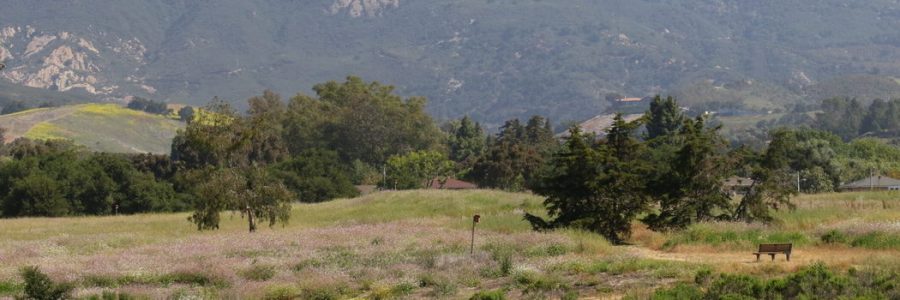
Wednesday, September 24, 2014, 7:00 pm - 9:00 pm
Join Michael Sutton, Vice President of National Audubon for this special presentation at Farrand Hall.
At least a billion birds migrate through the Pacific Flyway every year. But do you even know what it is?
What is the Pacific Flyway?
The Pacific Flyway is an aerial superhighway stretching nearly 10,000 miles from Alaska to Patagonia. It encompasses fewer U.S. states and more Globally-Important Bird Areas than any of the other three flyways in North America. Each year at least a billion birds of some 350 species travel the Flyway during their annual migrations, north in the spring to their nesting grounds and south in the fall to their winter homes.
But this represents only a fraction of the birds that used the Flyway a century ago. Some species, such as the Black-footed Albatross and Least Tern, are in serious trouble. Even many common birds, such as the Western Sandpiper, have become far less abundant. Habitat loss, water diversion for agriculture and development, diminishing food resources, and climate change all threaten the birds of the Flyway.
To combat this alarming trend, Audubon has been working for nearly 110 years to safeguard birds and their ecosystems in North America and beyond. Join Audubon Vice President Michael Sutton for an evening to celebrate recent victories on behalf of birds and discuss the challenges and opportunities ahead along the Pacific Flyway.
More about the Michael Sutton:
Michael Sutton is Vice President, Pacific Flyway for National Audubon Society and is based in Carmel Valley, California.
Michael Sutton is a social entrepreneur and conservation leader who currently serves as Vice President, Pacific Flyway with the National Audubon Society. He serves as a member of Audubon’s National Leadership Team and oversees Audubon’s conservation programs including a $20 million budget and more than 100 professional staff in California, Washington, and Alaska.
Background:
In 2007 and again in 2009, Governor Schwarzenegger appointed Mike as a member of the California Fish and Game Commission. He was elected President of the Commission in early 2013. Mike also serves as summer faculty at the Vermont Law School, where he teaches ocean & coastal law. He recently coauthored a book, “Ocean Coastal Law and Policy”, one of the most successful ever published by the American Bar Association. He has lectured at graduate seminars on conservation issues at Harvard, Yale, Columbia, Stanford, Tufts, George Washington University, and the University of Rhode Island.
Previously, Mike served for eight years as Vice President of the Monterey Bay Aquarium where he founded the Center for the Future of the Oceans, the Aquarium’s conservation advocacy arm. Before that, Mike helped establish ocean conservation programs at the David and Lucile Packard Foundation and the World Wildlife Fund, where he founded the Marine Stewardship Council based in London. He currently serves as Chairman of the Wild Salmon Center in Portland, Oregon and a Board member of Ocean Champions and COMPASS. Mike also serves on the Advisory Boards of the Ocean Foundation, the Sea Change Investment Fund, the Vermont Law School’s Environmental Law Program, and LightHawk.
Before joining the WWF staff, Mike spent more than a decade in government service, where he served as a special agent with the U.S. Fish and Wildlife Service and as a park ranger with the National Park Service in Yosemite, Yellowstone, Biscayne, and Virgin Islands National Parks and Death Valley National Monument.
Education:
Mike received a bachelor’s degree in wildlife biology from Utah State University in 1978 and pursued graduate studies in marine biology at the University of Sydney, Australia. In 1992, he received a law degree in international and natural resources law from George Washington University s National Law Center in Washington, D.C. In 2013, he received the Distinguished Alumni Award from Utah State University.

